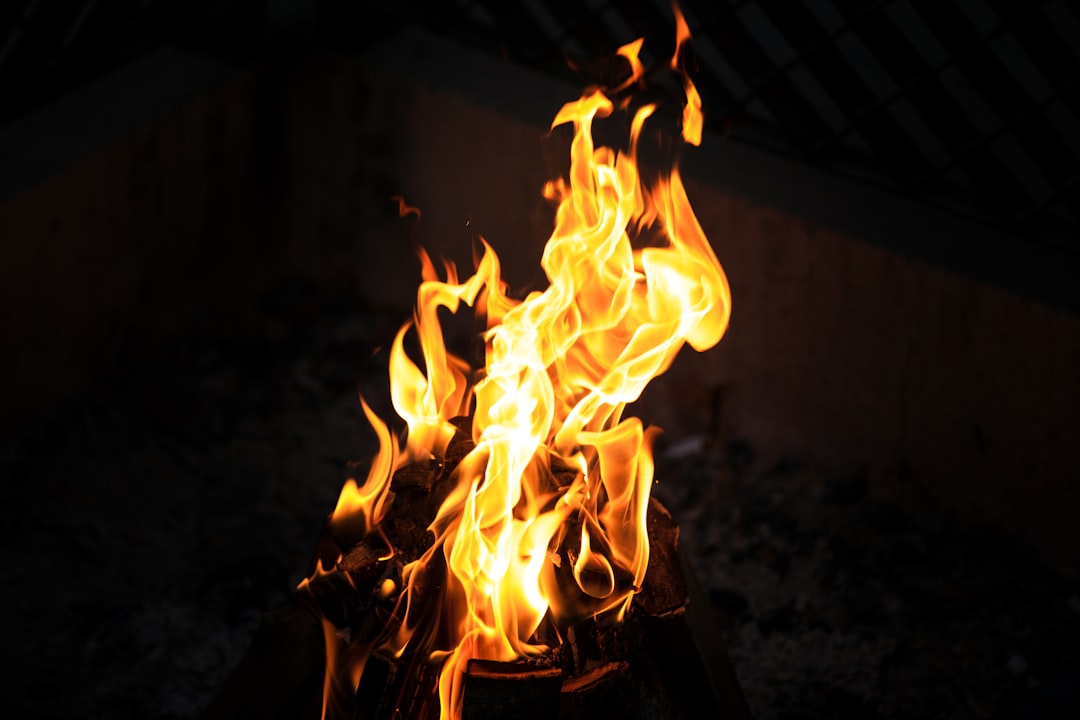In a world increasingly conscious of fire safety, the role of fire-resistant steel is paramount. This remarkable material, capable of withstanding extreme temperatures and maintaining structural integrity during a fire, is crucial in protecting lives and property. This comprehensive guide delves into the fascinating world of fire-resistant steel, exploring its properties, applications, and the future of this essential building material.
Understanding the Science Behind Fire-Resistant Steel
Fire-resistant steel isn’t simply steel that’s been “treated” to be more resistant to heat. Its properties stem from a combination of factors, primarily its chemical composition and microstructure. Unlike ordinary steel, which loses its strength and can even melt at high temperatures, fire-resistant steel is engineered to maintain its structural integrity for a significant period even when exposed to intense flames. This is achieved through alloying elements like chromium, nickel, molybdenum, and sometimes copper. These elements enhance the steel’s resistance to oxidation (rusting) at high temperatures, preventing rapid deterioration and maintaining its strength. The microstructure of the steel, including the size and distribution of its grains, also plays a vital role in its fire resistance. A finer grain structure generally leads to improved mechanical properties at elevated temperatures.
Different Grades and Their Applications
Fire-resistant steel isn’t a one-size-fits-all solution. Various grades exist, each designed for specific applications based on the required fire resistance rating. These ratings are typically expressed in terms of time (e.g., 30 minutes, 60 minutes, 120 minutes) that the steel can withstand a specific fire exposure without compromising its structural integrity. For instance, lower-grade fire-resistant steel might be suitable for applications requiring relatively short-term fire protection, such as light-duty structural members in buildings with robust fire suppression systems. Higher-grade steels, with enhanced alloying and potentially thicker sections, are necessary for critical structural elements in high-rise buildings or industrial settings where prolonged fire resistance is vital. The choice of grade depends on a thorough fire risk assessment and structural engineering analysis.
Testing and Certification of Fire-Resistant Steel
Rigorous testing is crucial to ensure the fire-resistant properties of steel. Standardized tests, often conforming to international standards like ASTM (American Society for Testing and Materials) or ISO (International Organization for Standardization), are conducted to determine a steel’s fire resistance rating. These tests involve subjecting samples of the steel to controlled fire conditions, simulating real-world fire scenarios. Parameters like temperature, duration of exposure, and load-bearing capacity are carefully monitored throughout the test. Only steel that successfully meets the specified criteria receives certification, guaranteeing its performance in a fire situation. This certification is essential for compliance with building codes and regulations.
Cost Considerations and Economic Viability
While fire-resistant steel offers unparalleled safety benefits, it’s important to acknowledge the cost implications. Generally, fire-resistant steel is more expensive than ordinary steel due to the higher cost of the alloying elements and the more complex manufacturing processes. However, this increased cost should be weighed against the potential economic losses associated with a fire, including property damage, business interruption, and even loss of life. A comprehensive cost-benefit analysis, considering the long-term implications of fire safety versus initial material costs, is crucial for making informed decisions. In many cases, the enhanced safety and reduced risk of catastrophic damage outweigh the higher initial investment.
The Future of Fire-Resistant Steel: Innovations and Advancements
Research and development in the field of fire-resistant steel are continuously pushing the boundaries of fire protection. Scientists and engineers are exploring new alloy compositions and manufacturing techniques to enhance fire resistance while simultaneously improving other properties, such as strength, ductility, and weldability. The use of advanced materials characterization techniques, including computational modeling and simulations, is leading to a better understanding of the complex interactions between steel microstructure and fire performance. This deeper understanding allows for the development of more efficient and cost-effective fire-resistant steel solutions. Furthermore, research is focusing on developing sustainable and environmentally friendly manufacturing processes for fire-resistant steel, minimizing its environmental impact.
In conclusion, fire-resistant steel is a critical component in modern construction and industrial applications, offering unparalleled protection against the devastating effects of fire. Understanding its properties, applications, and the ongoing advancements in this field is crucial for ensuring safety and minimizing risks in various sectors.
SEO Tags:
- Fire-resistant steel
- Fireproof steel
- High-temperature steel
- Structural fire protection
- Fire safety materials




